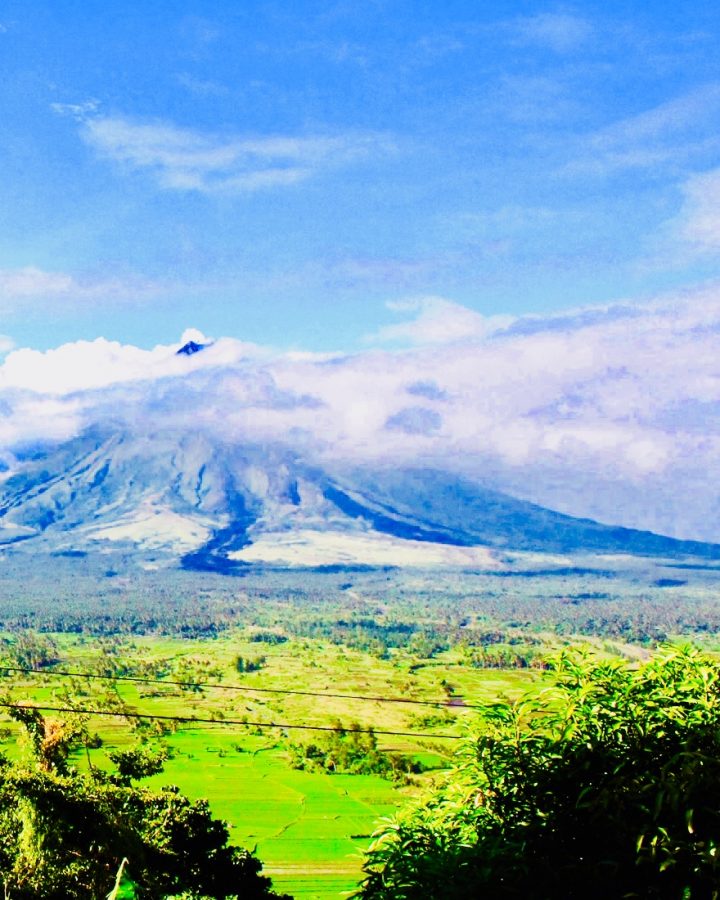Mayon Volcano Blows Off Steam
The first volcanic eruption of 2018 will blow your mind!
January 23, 2018
The Mayon Volcano is the largest volcano in the Philippines, and on January 15, 2018, showed its true colors in an enormous eruption that lasted for one hour and 47 minutes.
The Mayon Volcano stands at 8,081 feet in elevation, and has erupted a total of 51 times. Geologists estimate that Mayon is more than 20 million years old. The stratovolcano is located on the island of Luzon, Philippines, and was declared a national park in 1938.
The magnificent volcano gets its name from Philippine folklore, after a legendary princess and heroine named Daragang Magayon.
Julie Mitchell, who teaches Geology at Erie High School, explained that Mayon’s eruption was caused when “Two plates come together, usually an Oceanic and a Continental plate, which are constantly moving – an average of two to three millimeters a year.”
Mitchell says this simple movement causes pressure to build under the earth, which eventually leads to a volcanic eruption.
The Philippine Government was aware of the possible eruption weeks ago, and eventually enacted a level three alert throughout the Philippines, which calls for an evacuation. Approximately 22,000 Philippine citizens have evacuated, however, lava flow from Mayon reached the limits of the six kilometer evacuation zone around the fierce volcano.
The Mayon Volcano eruption has been the most recent significant volcanic eruption of as of current, which has the world asking, are volcano eruptions increasing? Mitchell assures us that volcanic eruptions are not increasing, but actually staying at a stable level. However, in an age of constant communication, “Social media and more global interactions” give the illusion of more natural disasters, says Mitchell.
When asked if public awareness surrounding volcanic eruptions was sufficient, Mitchell said that she thinks people are undereducated about the science around them. When asked about the solution, Mitchell remarked, “I think education is a great way to start. I think that if we had a good base education, about what the implications of volcano erupting and how if could affect those faraway.” An example of this effect would be “In 1980, when Mount St. Helens erupted, we, here in Colorado had three or so inches of ash,” recalls Mitchell.
Even though volcanic eruptions can have lasting and horrific results, there are also positive outcomes. Mitchell adds that volcanic eruptions are “What forms mountains and valleys, and releases crucial gasses into the environment.”
Mitchell adds that when a volcano erupts, it creates “Super fertile soil,” which in turn provides the foundation for growing fantastic crops such as coffee. While there are a plethora of downfalls to volcanic eruptions, and natural disasters in general, there are also many positive outcomes. We just have to find it in ourselves to recognize the good that is all around us in this world.






































